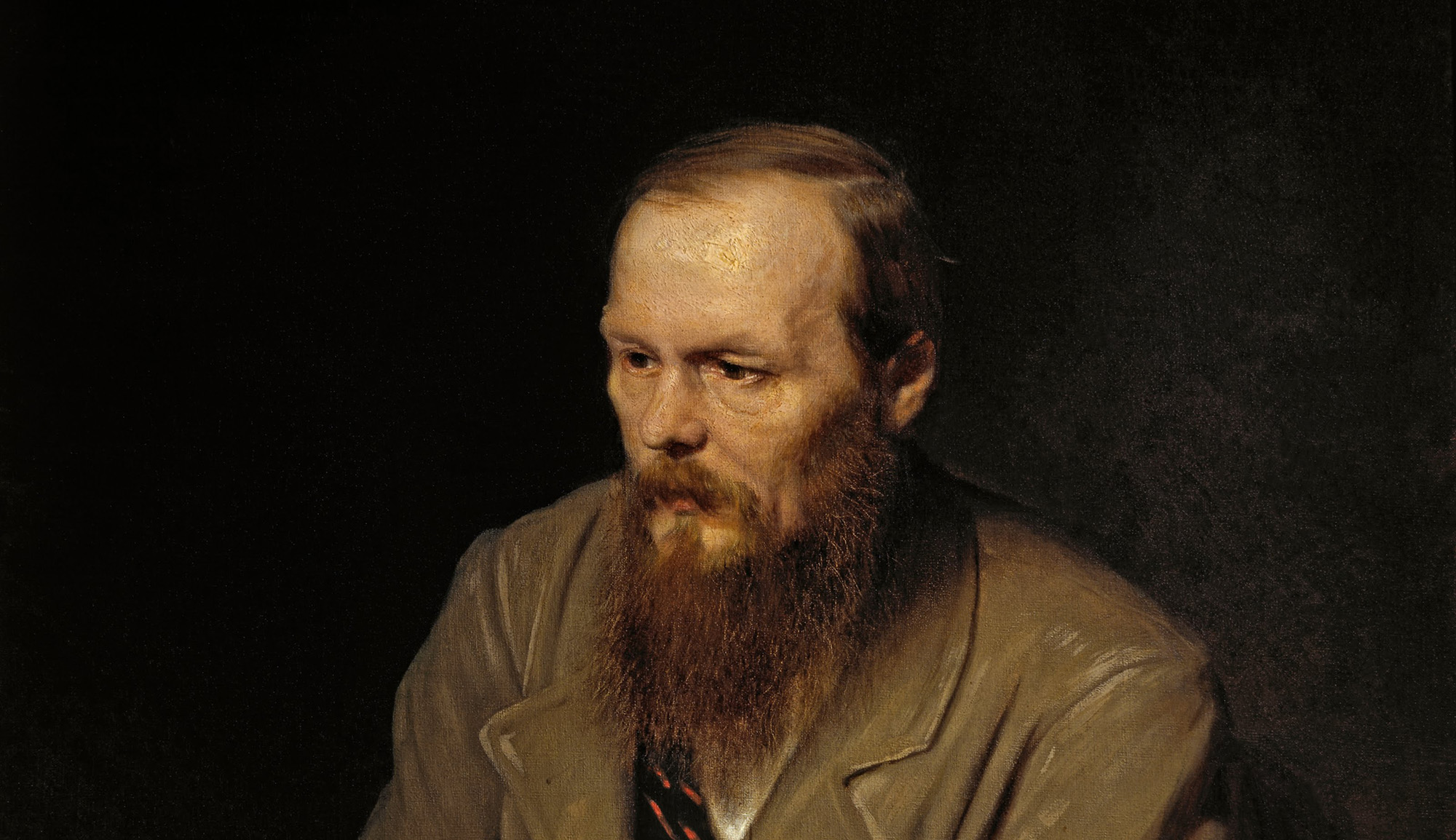While Britain had barred the gates of Palestine to Jewish immigration, and the U.S. did the same regarding its own shores, an American Gentile journalist named Varian Fry undertook a vast, private operation to rescue Jews from the Nazis. Most of his beneficiaries were German Jewish artists and intellectuals who had fled to France after Hitler’s rise to power, and found themselves again in danger after the French capitulation to the Nazis in 1940. Anya Schiffrin—whose grandfather, the Russian-born Jewish publisher Jacques Schiffrin owed his life to Fry—writes:
During the year he spent in Marseille, from 1940 to 1941, [Fry] and his colleagues created a rescue network that saved at least 2,000 people from the Nazis—including Hannah Arendt, Marc Chagall, Marcel Duchamp, Max Ernst, Arthur Koestler, [the director] Max Ophüls, [the writer] Anna Seghers, Claude Lévi-Strauss, and scores of other writers, artists, and philosophers. Fry was tenacious and creative, finding a forger and bribing border guards.
Fry and his allies spent their days trying to get people visas and onto boats in a desperate rush against time. Because of his extra-legal methods, Fry was shunned by the U.S. consul in Marseille. But the refugee rescue organization that Fry and his helpers built has been credited with saving from annihilation a crucial piece of European culture
.
While visiting Berlin in 1935, Fry saw a group of storm troopers and civilians attacking any passing Jew on the Kurfürstendamm. Fry went home and wrote a piece for the New York Times warning of what was to come. . . . Later, in 1942, Fry wrote a cover story for the New Republic titled “The Massacre of the Jews.” Fry didn’t just sound the alarm but, along with Reinhold Niebuhr and others, cofounded the Emergency Rescue Committee (which later became the International Rescue Committee).[O]n August 29, 1941, the Vichy authorities—under prodding from U.S. officials—arrested Fry and ordered him to leave. Even after his deportation, Fry’s network continued to help refugees escape until 1942, when the Germans took effective control of Vichy France.
Fry’s exploits give lie to the long-refuted, but oft repeated claims that little was known in America or Britain about the plight of European Jewry, and that little could be done. It is likewise typical of U.S. officialdom at the time that, even as the U.S. military was engaged in crushing Germany, it looked with hostility upon Fry’s efforts to thwart Hitler’s plans.
Read more at New York Review of Books
More about: German Jewry, Holocaust, Reinhold Niebuhr, Vichy France


